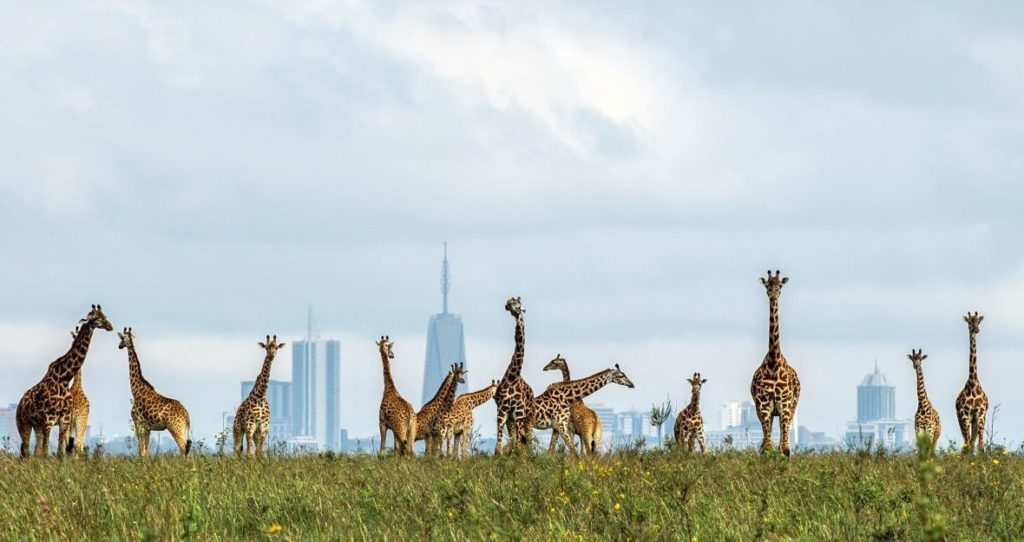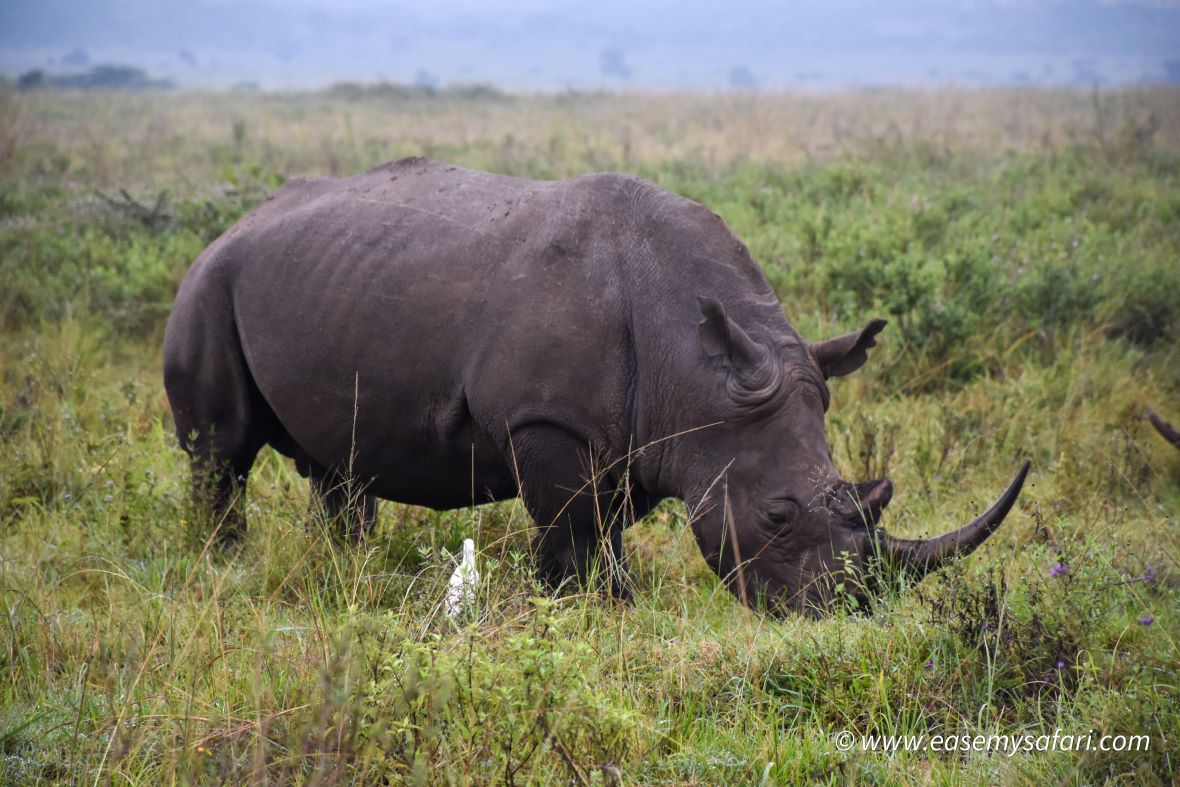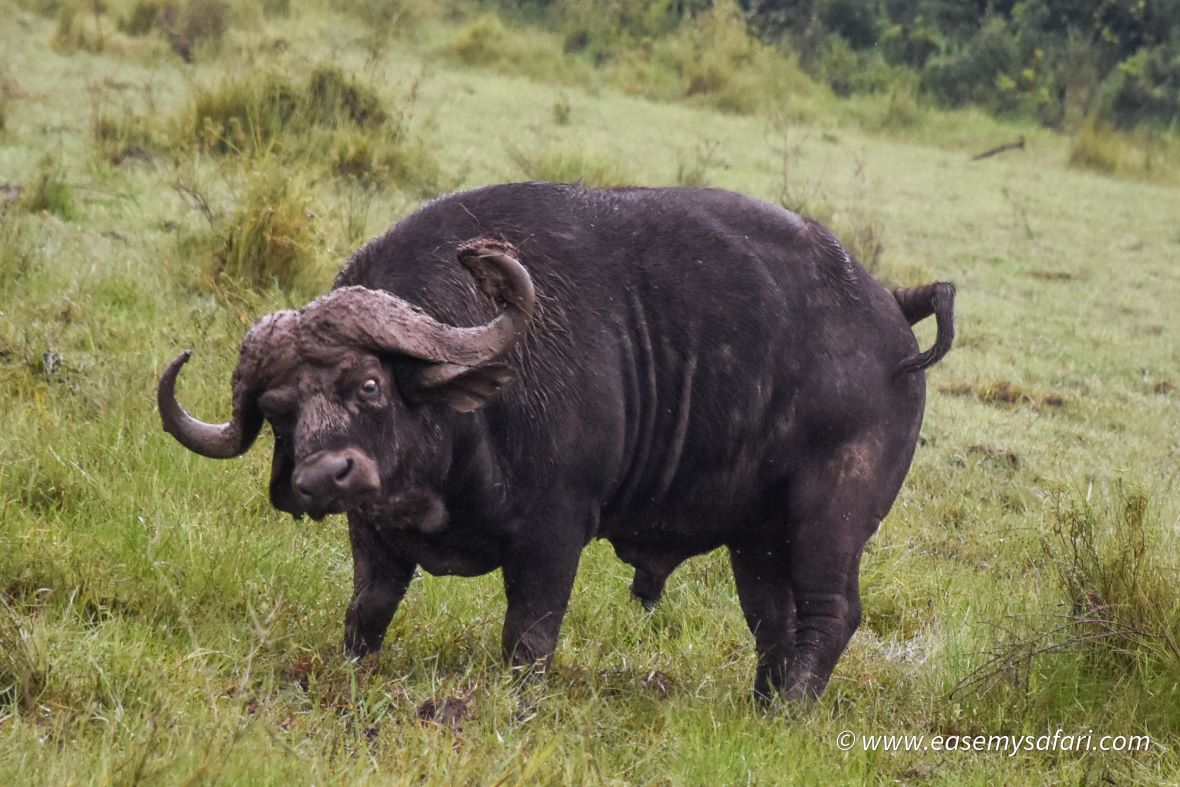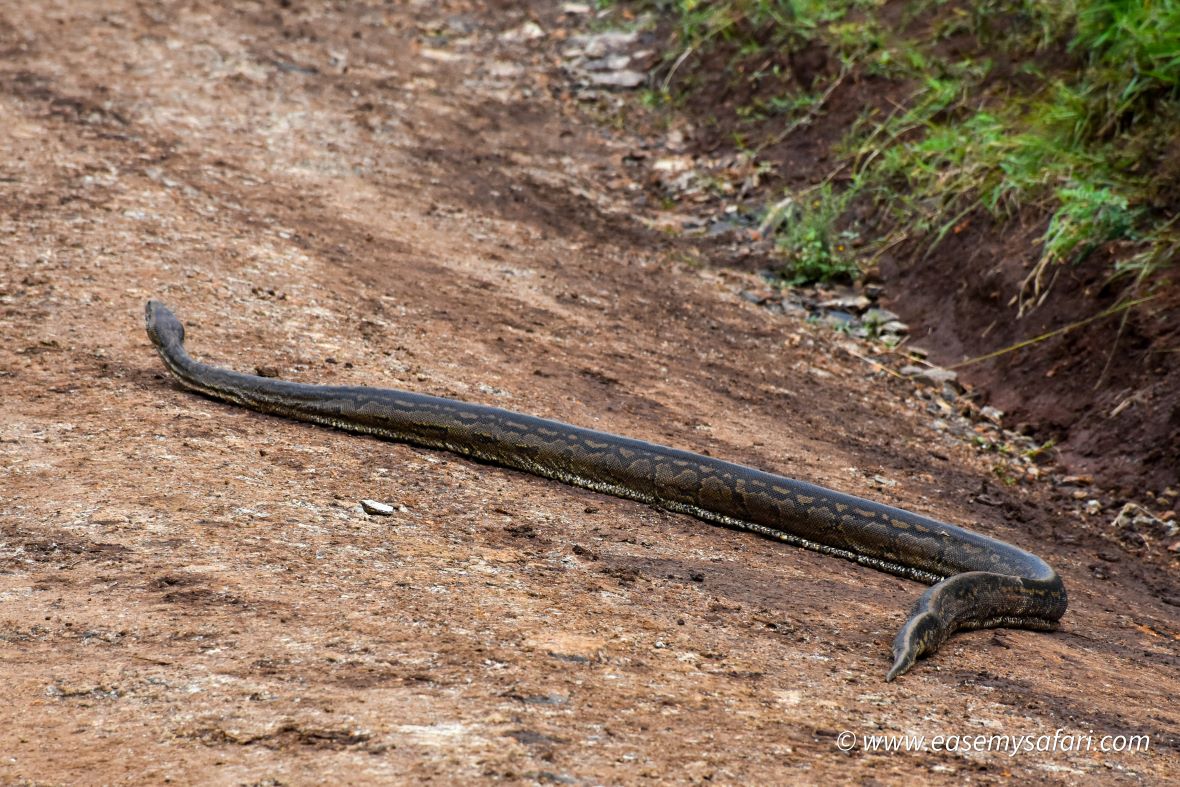
Welcome to Nairobi National Park, the extraordinary wildlife haven nestled just 10 kilometers south of Nairobi City Center.
As the world’s only wildlife capital, this unique park offers an incredible opportunity to witness Kenya’s abundant wildlife within close proximity to a bustling metropolis.
In this comprehensive guide, we will delve into the remarkable features of Nairobi National Park, from its fascinating history and diverse animal species to the exciting activities and attractions that await visitors.
Join us as we embark on an unforgettable journey into the heart of Africa’s captivating wilderness.

Oldest National Park in Kenya
Established in 1946, Nairobi National Park holds the prestigious title of being the oldest national park in Kenya.
Throughout its rich history, it has remained a testament to the country’s commitment to wildlife conservation and the preservation of natural habitats.
Rhino Sanctuary

Originally spanning 124 square kilometers, the park has undergone slight reductions and now covers 117 square kilometers.
Within its boundaries, Nairobi National Park serves as a vital sanctuary for both indigenous black rhinos and white rhinos, with a total of 76 and 13 individuals respectively.
Wildlife Haven


During the dry season, the park becomes a refuge for wildlife migrating from the Kitengela plains and the Athi-Kapiti plains.
It was once part of the elephant migratory corridor, linking Amboseli National Park and Maasai Mara National Reserve.
Today, it is home to a thriving population of over 40 lions, as well as cheetahs, leopards, jackals, striped hyenas, aardwolves, and various other captivating species.
Unique and Rare Species
Nairobi National Park boasts several remarkable and increasingly rare species. Among them are Chandler’s reedbuck, Clawless Otter, and the elusive Zorilla.
The park also plays a significant role in the conservation of the highly endangered African wild dog, which has been successfully brought back from the brink of extinction.
Cultural Significance
The park holds hidden treasures in the form of ancient rock art found within its caves, showcasing the rich cultural heritage of the region.
These centuries-old artistic expressions provide a glimpse into the past and add to the park’s allure.
Exploring Nairobi National Park
During a visit to the park, you can also include a visit to the animal orphanage and a safari walk located inside the park as part of your visit
Urban Safari: Game Drives & Wildlife Viewing
A visit to Nairobi National Park promises thrilling wildlife encounters amidst stunning landscapes. Take a game drive through the park’s diverse ecosystems, allowing you to observe and photograph the majestic creatures in their natural habitat.
Be prepared to witness the raw beauty of lions resting, male lions strolling, and a wide array of captivating animals in their element.
Animal Orphanage
Enhance your experience by visiting the Nairobi Animal Orphanage, located within the park. This sanctuary provides care and rehabilitation for orphaned and injured animals, offering visitors a chance to witness these incredible creatures up close while supporting vital conservation efforts.
Safari Walk
Immerse yourself in the wonders of the Nairobi Safari Walk, an interactive experience that educates visitors about Kenya’s diverse ecosystems and wildlife. Embark on a tour through this unique facility, encountering various animal species, lush botanical gardens, and informative exhibits along the way.
Some more interesting facts about Nairobi National Park
- During the dry season, the park is a refuge for the wildlife from the Kitengela plains and the Athi-Kapiti plains.
- The park is host to more than 40 lions in the park.
- The last time an elephant strayed across the ancient path was in the late 1990s, until recently in 2020.
- There is centuries-old rock art in caves inside the park
- The park had the second largest wildebeest migration until Mombasa Road was built across the Athi plains. The count was 100,000 wildebeest, which in 1975 fell to 28,000.
- Today there are fewer than 1,000 wildebeests in the highly fragmented ecosystem.
- However, zebra numbers have increased because they are less migratory than the wildebeest.
Accessing Nairobi National Park
Nairobi National Park’s convenient location makes it easily accessible, with a short 30-minute drive from downtown Nairobi.
This proximity allows for flexible excursion options, whether you have a few hours or an entire day to explore the park’s wonders.
Best Time to Visit Nairobi National Park
The park can be enjoyed throughout the year, but for the most rewarding experience, consider visiting during the dry season from November to December or April to May.
During these periods, wildlife sightings are abundant, and the weather is generally favorable for outdoor activities.
Conservation Efforts of the Nairobi National Park
As the city of Nairobi continues to grow around the park, it’s encroaching on the habitat of not only the lions but the lions’ prey.
Conservationists say this will increase the chances of lions leaving the park and countering humans.
Nairobi National Park Entry Fees
| Citizen | Resident | Non-Resident | |||
|
Adults |
Child |
Adults |
Child |
Adults |
Child |
| KES 430 | KES 215 | KES 1,030 | KES 515 | USD 43 | USD 22 |
| ***Modes of Payment; MPESA, VISA Card, Direct Deposits to KWS Bank Accounts at any gate. Cash payments are not allowed | |||||
Conclusion
Nairobi National Park stands as a testament to Kenya’s dedication to wildlife conservation and offers an unparalleled opportunity to witness the incredible diversity of African wildlife just a stone’s throw away from Nairobi’s bustling city center.
From its rich history and remarkable animal species to the captivating activities and attractions it offers, this extraordinary park is a true gem in the heart of Kenya.
So, embark on an adventure to Nairobi National Park and immerse yourself in the awe-inspiring beauty of Africa’s wildlife capital.
For an excursion to the park, see packages and details here or write us an email for a customized package




